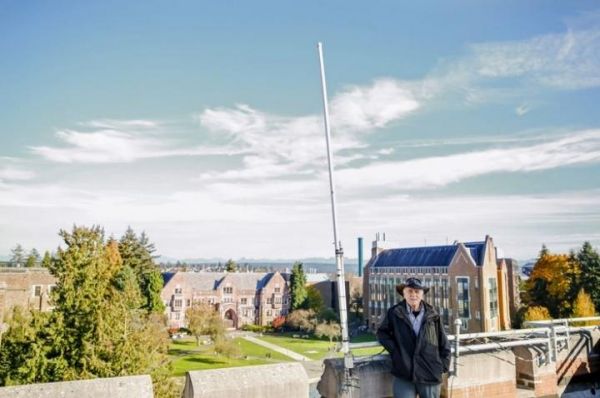The lightning season in the Southeastern U.S. is almost finished for this year, but the peak season for the most powerful strokes of lightning won’t begin until November, according to a newly published global survey of these rare events.
A University of Washington study maps the location and timing of “superbolts” — bolts that release electrical energy of more than 1 million Joules, or a thousand times more energy than the average lightning bolt, in the very low frequency range in which lightning is most active. Results show that superbolts tend to hit the Earth in a fundamentally different pattern from regular lightning, for reasons that are not yet fully understood.
The study was published Sept. 9 in the Journal of Geophysical Research: Atmospheres, a journal of the American Geophysical Union.
“It’s very unexpected and unusual where and when the very big strokes occur,” said lead author Robert Holzworth, a UW professor of Earth and space sciences who has been tracking lightning for almost two decades.
Read more at University of Washington
Image: Robert Holzworth stands with a test lightning sensor on the roof of a UW building. The pipe contains an antenna that detects the electrical frequencies generated by lightning. Seattle's actual detector is on the roof of a neighboring building. (Credit: Dennis Wise/University of Washington)


